The Horse Riding Apparel Market is currently characterized by a dynamic competitive landscape, driven by a blend of innovation, sustainability, and digital transformation. Key players such as Ariat International (US), Dublin (IE), and Pikeur (DE) are strategically positioning themselves to capitalize on emerging trends. Ariat International (US) focuses on integrating advanced technology into their products, enhancing performance and comfort for riders. Meanwhile, Dublin (IE) emphasizes sustainability, utilizing eco-friendly materials in their apparel lines. Pikeur (DE) is known for its premium quality and craftsmanship, appealing to a niche market of high-end equestrian enthusiasts. Collectively, these strategies contribute to a moderately fragmented market, where differentiation is increasingly based on product innovation and brand loyalty.
In terms of business tactics, companies are localizing manufacturing to reduce lead times and optimize supply chains. This approach not only enhances responsiveness to market demands but also aligns with sustainability goals by minimizing transportation emissions. The competitive structure of the market remains moderately fragmented, with several players vying for market share. However, the influence of key players is significant, as they set trends that smaller companies often follow, thereby shaping the overall market dynamics.
In August 2025, Ariat International (US) launched a new line of performance riding boots that incorporate smart technology to monitor rider posture and performance metrics. This strategic move not only showcases Ariat's commitment to innovation but also positions the company at the forefront of the digital transformation trend within the equestrian apparel sector. By leveraging technology, Ariat aims to enhance the rider experience, potentially attracting a younger demographic interested in tech-integrated sports gear.
In July 2025, Dublin (IE) announced a partnership with a leading sustainable textile manufacturer to develop a new range of eco-friendly riding apparel. This collaboration underscores Dublin's commitment to sustainability and reflects a growing consumer preference for environmentally responsible products. By aligning with sustainability-focused partners, Dublin is likely to strengthen its brand image and appeal to eco-conscious consumers, thereby enhancing its competitive position in the market.
In September 2025, Pikeur (DE) unveiled a new marketing campaign that highlights the craftsmanship and heritage of its products, targeting affluent equestrian enthusiasts. This campaign not only reinforces Pikeur's brand identity but also aims to deepen customer loyalty among its existing clientele. By focusing on quality and tradition, Pikeur seeks to differentiate itself in a market that increasingly values authenticity and heritage.
As of October 2025, the Horse Riding Apparel Market is witnessing trends such as digitalization, sustainability, and the integration of artificial intelligence in product development. Strategic alliances are becoming increasingly important, as companies collaborate to enhance their offerings and reach broader audiences. Looking ahead, competitive differentiation is likely to evolve from traditional price-based competition to a focus on innovation, technology integration, and supply chain reliability. This shift suggests that companies that prioritize these aspects will be better positioned to thrive in an increasingly competitive landscape.


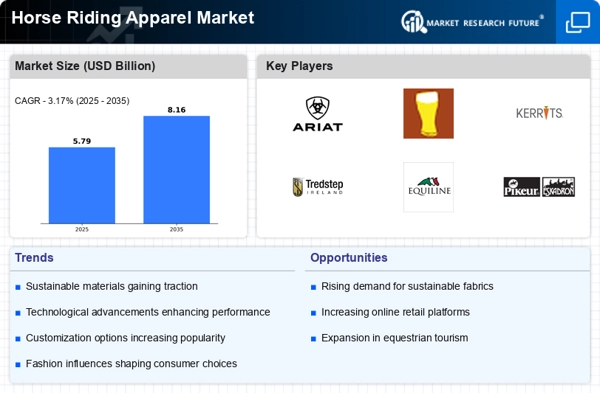



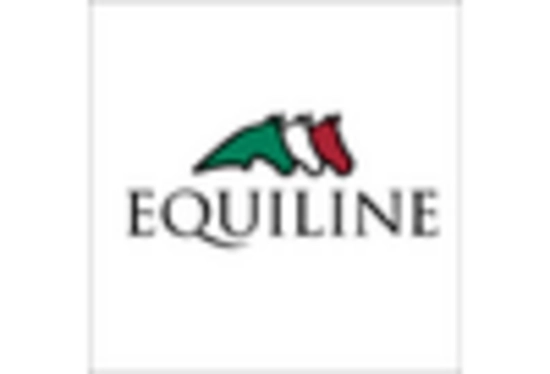
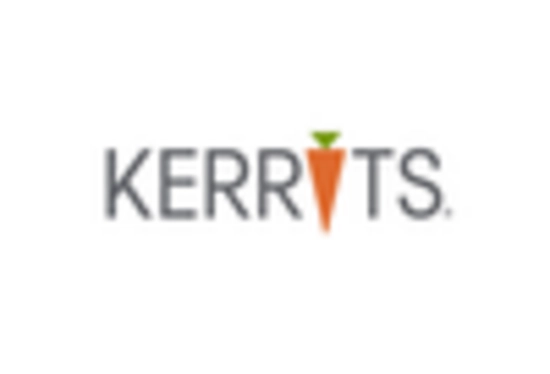
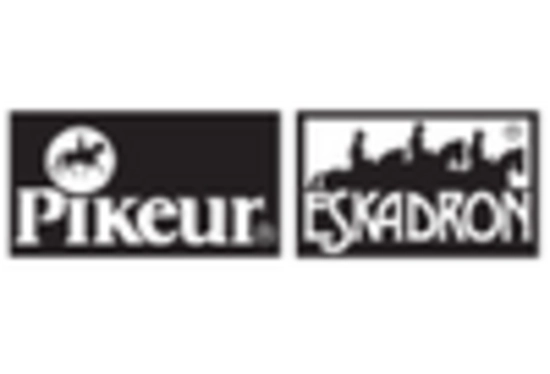
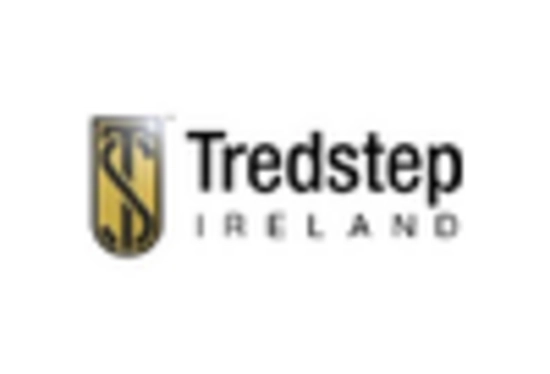








Leave a Comment